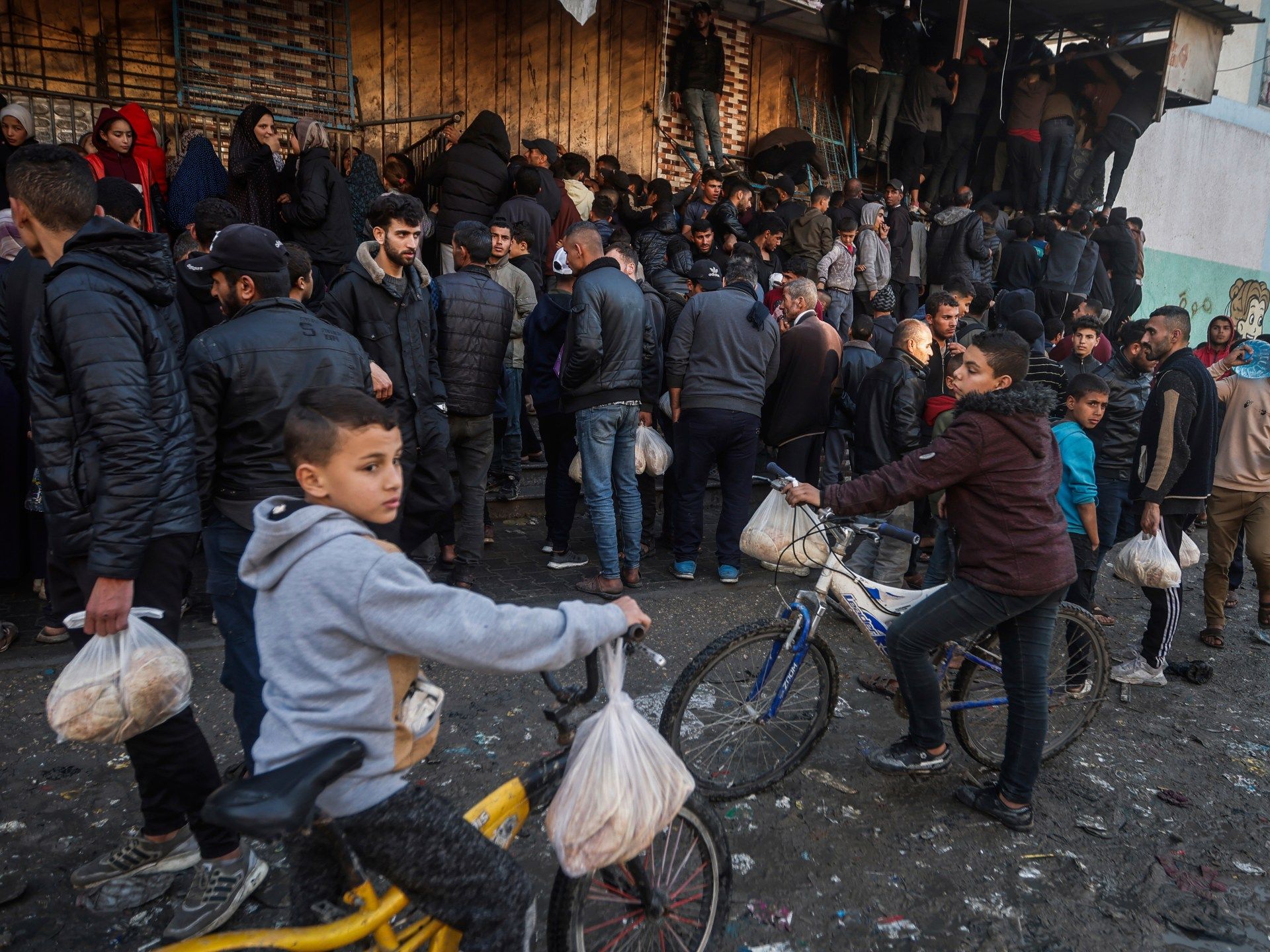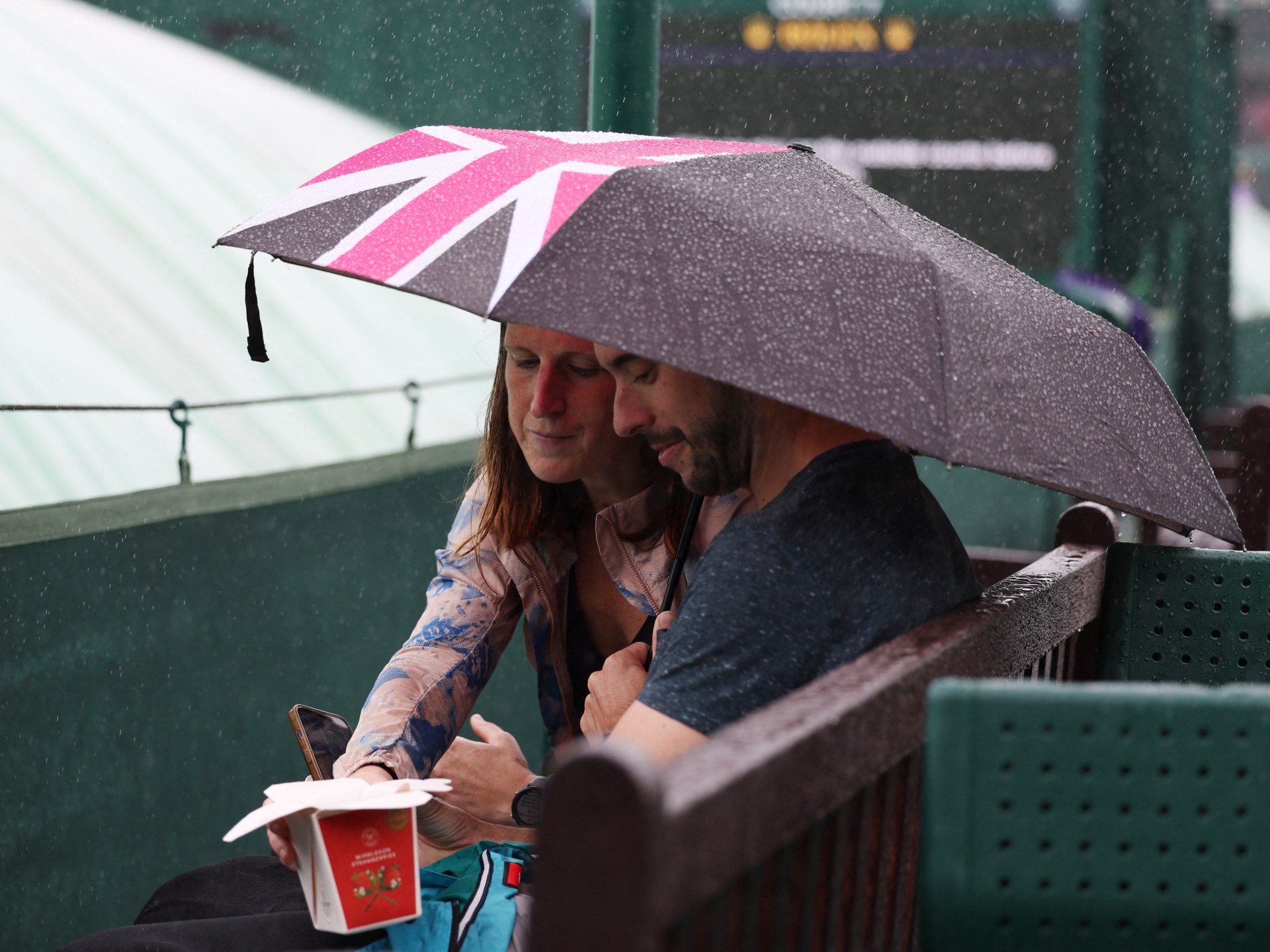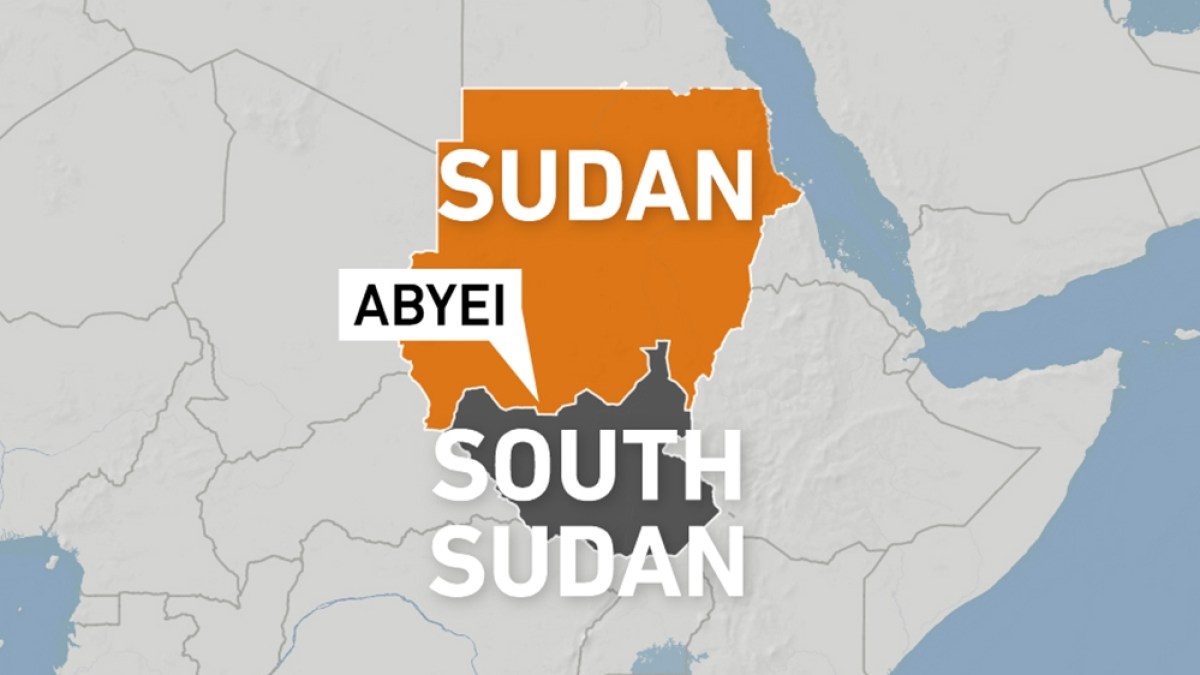In the narrow crevices between the tents that crowd almost every inch of the city of Rafah, on the southern tip of Gaza, Palestinians cling to life amid the devastating Israeli ground offensive.
A barefoot boy carries a pot on his head and smiles. A boy carries a half-size drum full of water. Men sit at half-empty tables selling canned goods. A tapestry of dirty clothes hangs from each clothesline.
The world's eyes are on Rafah, the once quiet town along the Egyptian border considered a “safe zone” for displaced civilians to flee, but now likely to be Israel's next focus in its ground offensive in the Strip. besieged
Rafah has increased in size in recent weeks. Hundreds of thousands of displaced Palestinians have spread out across the city in tents or in the homes of friends or family.
The estimated 1.5 million people taking refuge there – more than half of Gaza's population – have nowhere to flee in the face of Israel's offensive that has devastated large swathes of the urban landscape in the rest of the territory and killed to more than 29,000 people.
United Nations officials warn that an attack on Rafah will be catastrophic, with more than 600,000 children in the path of the attack. Movement on the city and its surroundings could also cause the collapse of the humanitarian aid system struggling to keep Gaza's population alive. Israel's Western allies have also expressed concern.
However, Israel says it must take Rafah to ensure the destruction of Hamas and the release of Israeli hostages still held.
Food in Rafah, as in the rest of the Gaza Strip, is scarce. Crowds of people crowd around a bakery, hoping to get a few pitas to feed their families. Others bake theirs in clay stoves with whatever flour they can get their hands on. A child, sitting on the shoulders of an older child, enjoyed the first bite of the spongy bread.
Tent-less streets are packed with crowds of Palestinians rushing to support their families.
The mundane rhythm of life continues in some places. A boy cuts his hair. A little girl puts on an oversized sheer pink floral dress. Women and a child avoid a large puddle near a mass of tents.
And in a surreal snapshot of joy, the children spin around on a makeshift, hand-operated Ferris wheel, twisting and turning as the war, now in its fifth month, rages on.












